Mar
6
2019
Kreg Yingst
I first became interested in relief prints when I discovered the woodcut novels of Lynd Ward, Frans Masereel, and other WPA artists in the mid 90’s. I was mesmerized by their strong contrasts of light and shadow, black and white. I quickly delved into the work of the German Expressionists and Mexican Socialists, and perhaps in some way, I’ve been influenced by all of them.My blockprints are carved out of linoleum – a compression of cork and linseed oil. I print each block on an old Showcard sign press, and the larger prints I burnish by hand. The choice of paper and style are important in trying to create the correct feel for the subject matter. My ideas are a result of my interests in narrative; story, poetry, lyric, and personal experience.Method:1) I begin each idea for a blockprint with a small thumbnail sketch. A final draft is then drawn to scale and transferred to the linoleum block. The drawing on the block is backwards as the eventual print will be the mirror image.2) After the drawing is transferred, the linoleum is carved using several V and U shaped gouges. There are a number of strategies when trying to break down an image into just black and white, but in the end, whatever is cut away will be white while the surface of the block will print black (or another color of choice).3) Once the block is carved, the surface is inked, a paper is chosen, and then both are hand-cranked through the press. The blocks that are too large for the press are burnished on the back using a large wooden spoon.4) Multi-colored prints have an individual block carved for each color. The block must align with the previous image and be pulled through the press multiple times. In addition to this method of creating color prints, I also individually hand-paint some editions using watercolor.5) The final print is then signed and numbered in a limited edition.
